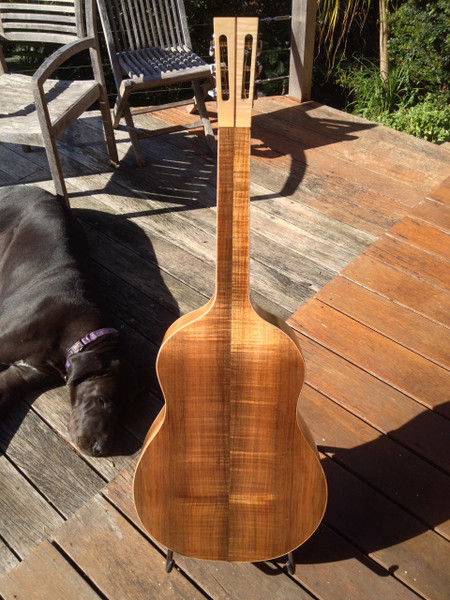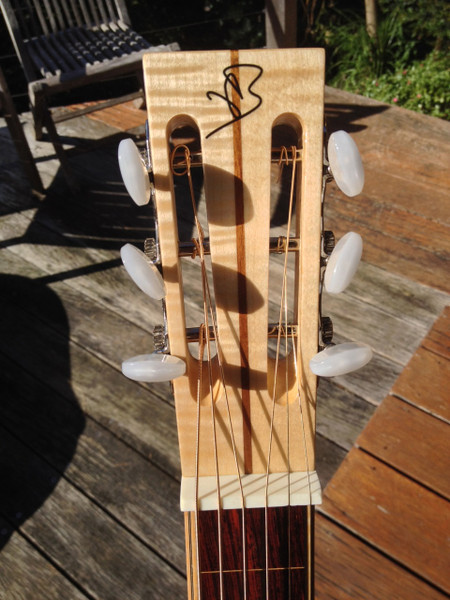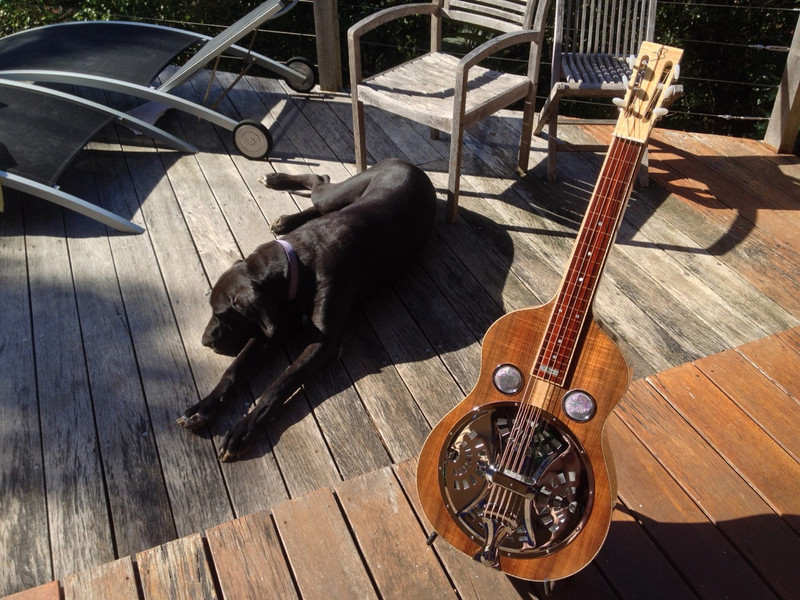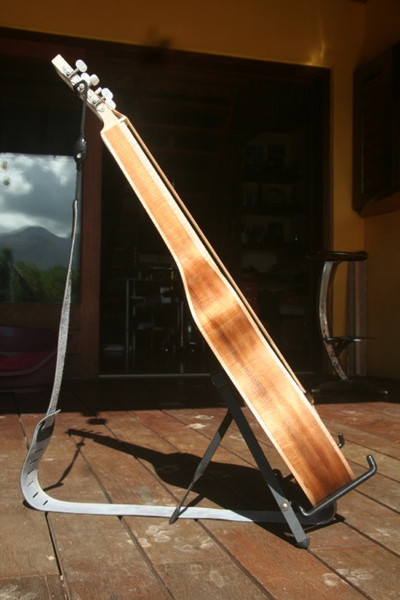Thanks Rick

As I said the tricky thing was to bend the back to shape.
My first mistake was to tey to bend it with the back jointed. Notice that I used Titebond III and it did the job even under the steam iron

I thinned the back to 2 mm and thinned the back reinforcement strip down to 1.2 mm. Tried to bend it in shape over the sides, and had poor results.Tried to kerf the reinforcement strip, heat, clamps...

Finally I added more braces in the bended part (2 glued on the sides and two directly on the back (Now I know that two is not enough, next time I'll glue one on the sides every cm), and could soften the wood with... household denatured alcohol, and it worked



next difficulty will be to bend the curly maple back bindings... as they'll have to be bended followind the back

In two or threee monthes she should sing

Hope the alcohol trick can help
Next time: bend the 2 parts of the back over a mold then glue the joint!!!
Xavier


 [/URL]
[/URL] [/URL]
[/URL]












